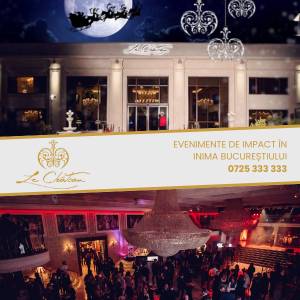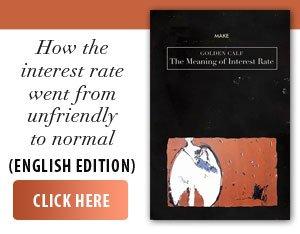Researchers have identified six hoards of metal objects on the volcanic hill of Somlo in western Hungary in a remarkable archaeological discovery. The discovery was made in just one year using metal detectors and lidar technology, bringing to light more than 900 artifacts dating back to the 15th to 6th centuries BC.
• Forgotten archaeological site brought back to light
The Somlo region, now known for its vineyards, has been recognized as an important archaeological site since the 19th century, when farmers and winegrowers began finding jewelry, weapons and bronze vessels during agricultural work. However, the exact locations of these finds have not been recorded, and the identities of the populations who lived here remain unknown. The coordinator of the current project, Bence Soos, archaeologist and museographer at the Hungarian National Museum, explained that the new archaeological investigations were motivated by the hypothesis of the existence of a center of military power in the area during the transition period between the Bronze Age and the Iron Age. The artifacts discovered include: military jewelry and decorations, bronze weapons, amber beads, textile and leather fragments, wild boar and domestic pig tusks. A significant part of the finds come from a plateau located on the southeastern side of the Somlo hill, where traces of bronze processing workshops were also identified, suggesting organized local production.
• Major historical importance: transition to the Iron Age
The discoveries are particularly valuable because they provide the first direct evidence of the practice of burying metal objects for ritual or symbolic purposes in this region, during the transition period to the Iron Age, around the 9th century BC. One hoard in particular - Hoard V - is considered a landmark in understanding these archaic customs.
A ceramic vessel containing metal objects was also discovered, an archaeological first in western Hungary for this period. Researchers believe that this area was probably a power center of a warrior elite that dominated the region for several centuries. The society appears to have been organized on the basis of tribal or clan structures, and the quantity and quality of the artifacts support the idea of a stable and influential settlement. The discoveries at Somlo contribute significantly to understanding how prehistoric societies in Central Europe evolved during this poorly documented period.


























































